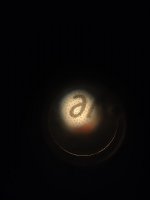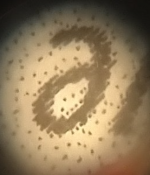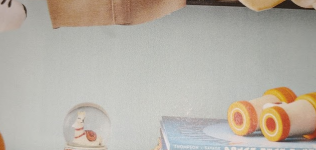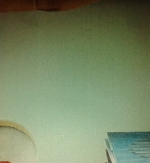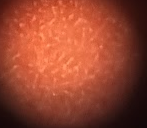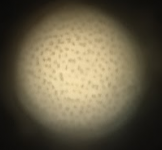printing4me
Active member
This question is more for fun than anything. I got the Amazon catalog this morning and the dot pattern caught my eye. It is a very fine stochastic screen and I started wondering if it could be printed with inkjet. If it is inkjet it is the finest inkjet work I have seen. Does anyone know what kind of press they run this on? I feel like I can see some sweep lines but can't be sure.




